Growing Incidence of Chronic Wounds
The rising incidence of chronic wounds, such as diabetic ulcers and pressure sores, is a significant driver for the Digital Wound Measurement Devices Market. As the global population ages and the prevalence of diabetes increases, the demand for effective wound management solutions is escalating. Chronic wounds often require meticulous monitoring and measurement to ensure proper healing, which in turn drives the adoption of digital measurement devices. Recent statistics indicate that chronic wounds affect millions of individuals worldwide, leading to increased healthcare costs and necessitating innovative solutions. The integration of digital measurement devices into clinical practice is likely to enhance patient outcomes and reduce the burden on healthcare systems, thereby propelling market growth.
Regulatory Support and Standards Development
The Digital Wound Measurement Devices Market is benefiting from increased regulatory support and the development of standards for wound care technologies. Regulatory bodies are recognizing the importance of accurate wound measurement in improving patient care and are establishing guidelines that encourage the adoption of digital solutions. This regulatory framework not only fosters innovation but also instills confidence among healthcare providers regarding the efficacy and safety of these devices. As standards evolve, manufacturers are likely to invest more in research and development, further enhancing the capabilities of digital wound measurement devices. This supportive environment is expected to drive market growth as healthcare facilities seek compliant and effective solutions for wound management.
Rising Awareness and Education in Wound Care
There is a growing awareness and education surrounding wound care, which is positively impacting the Digital Wound Measurement Devices Market. Healthcare professionals are increasingly recognizing the importance of accurate wound assessment in achieving optimal healing outcomes. Educational initiatives and training programs are being implemented to enhance the skills of clinicians in utilizing digital measurement devices effectively. This heightened awareness is likely to lead to increased adoption of these technologies in clinical settings. Furthermore, as patients become more informed about their treatment options, they may advocate for the use of advanced measurement devices, thereby driving demand. The convergence of education and technology in wound care is expected to significantly influence market dynamics in the coming years.
Emphasis on Cost-Effective Healthcare Solutions
In the current healthcare landscape, there is a pronounced emphasis on cost-effective solutions, which significantly influences the Digital Wound Measurement Devices Market. Healthcare providers are increasingly seeking technologies that not only improve patient outcomes but also reduce overall treatment costs. Digital wound measurement devices offer the potential for more efficient wound management, leading to shorter healing times and decreased hospital stays. This cost-effectiveness is particularly appealing in an environment where healthcare budgets are under scrutiny. Market analysis suggests that the adoption of these devices can lead to substantial savings for healthcare facilities, making them an attractive investment for providers aiming to optimize their resources while delivering high-quality care.
Technological Innovations in Measurement Devices
The Digital Wound Measurement Devices Market is experiencing a surge in technological innovations that enhance the accuracy and efficiency of wound assessment. Advanced imaging technologies, such as 3D scanning and digital photography, are being integrated into measurement devices, allowing for precise wound size and depth analysis. This technological evolution not only improves clinical outcomes but also streamlines the documentation process for healthcare providers. According to recent data, the market for digital wound measurement devices is projected to grow at a compound annual growth rate of approximately 8% over the next five years. This growth is indicative of the increasing reliance on technology in healthcare, particularly in wound management, where accurate measurements are crucial for effective treatment planning.


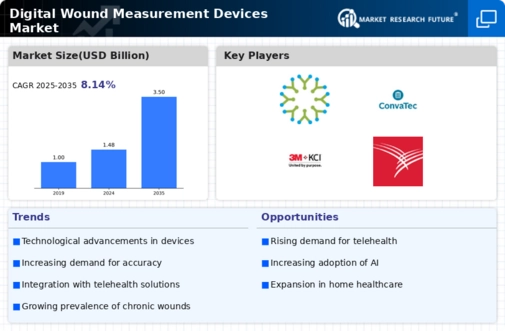
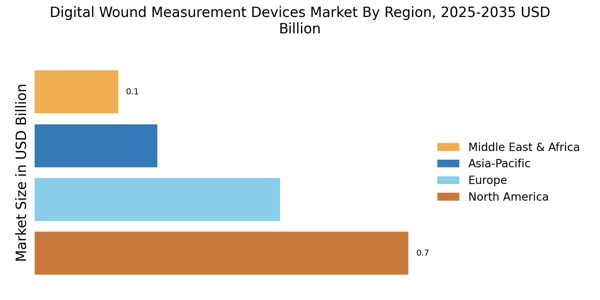

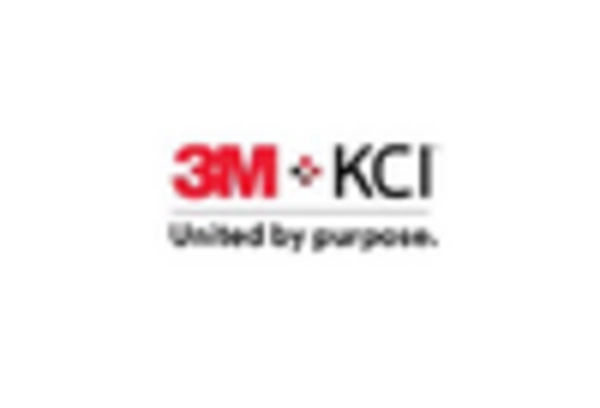
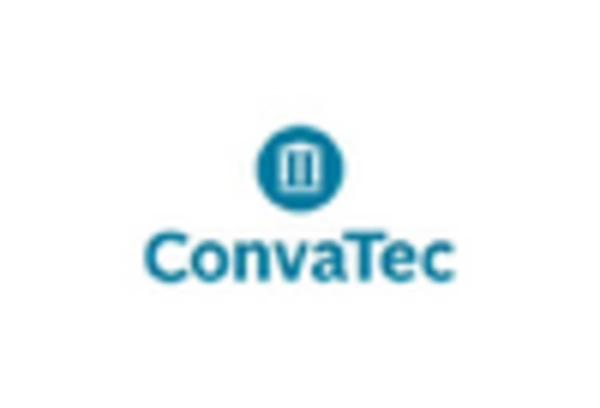

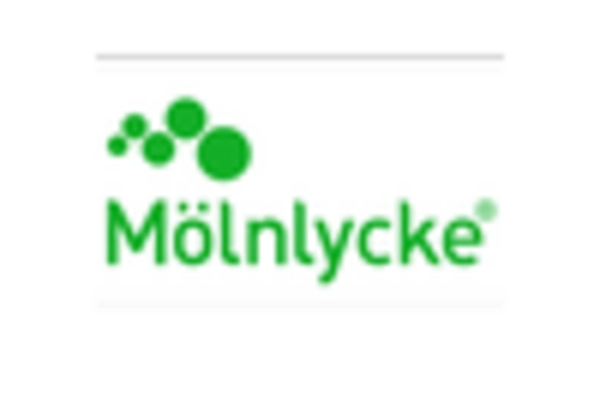









Leave a Comment